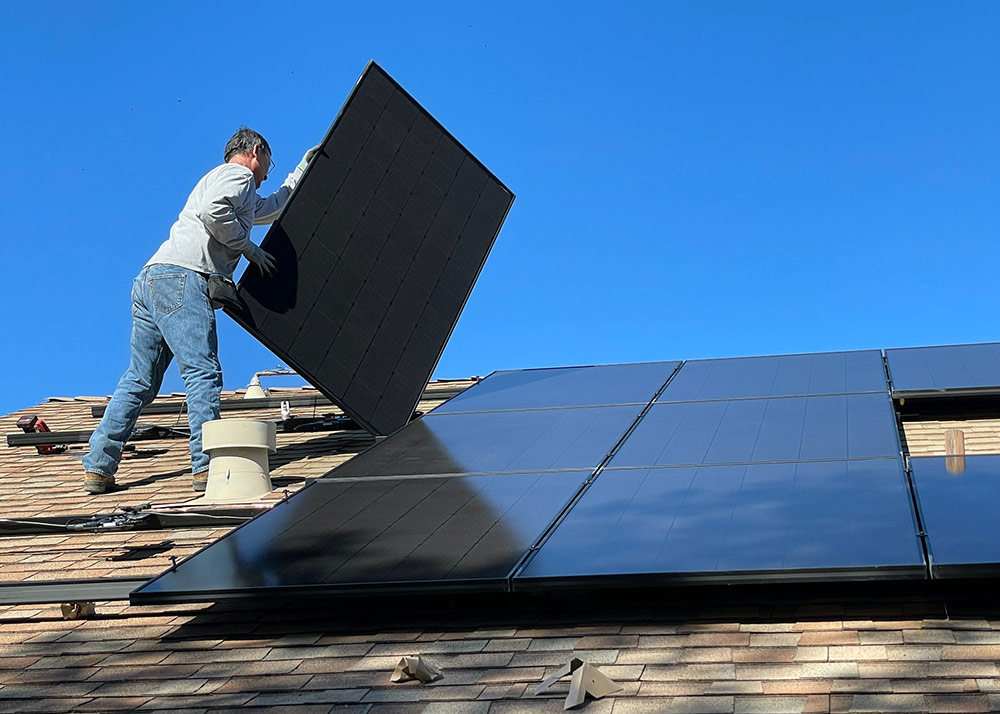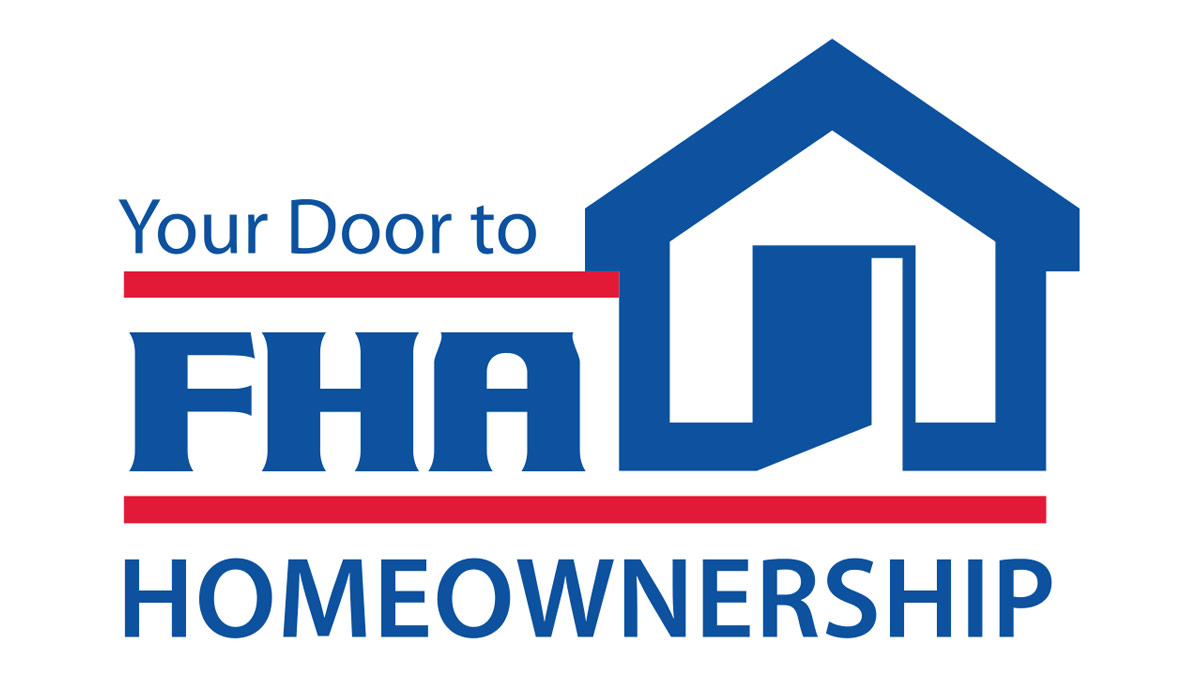
Most homeowners need a home loan to purchase a home. But what if you don’t have enough money saved up for the typical down payment? What if your household income is not high enough to qualify for a traditional mortgage or you don’t qualify for a VA loan? You may want to look into an FHA mortgage.
8 Different Types of FHA Loans
- Basic Home Mortgage Loan 203(b)
- Adjustable Rate FHA Loan
- Manufactured (Mobile) Home FHA Loan
- FHA Reverse Mortgage for Seniors (HECM)
- FHA Loans for Condominiums
- Rehabilitation FHA Loan 203(k)
- Graduated Payment FHA Loan (also here)
- Energy Efficient FHA Loan
An FHA loan is a mortgage that is insured by the government. FHA stands for the Federal Housing Authority. The FHA is responsible for stimulating the housing market by helping low income and moderate income families get into their own homes. Almost 10% of all mortgage loans in 2020 were backed by the FHA, which translates to 1.3 million properties.
While lending requirements have tightened up since the Subprime Mortgage Crisis of 2008, FHA loans continue to make finding housing an affordable process for families and individuals with a lower gross annual income and/or limited financial resources saved up for a down payment.
As of 2020, borrowers only need to make a down payment that translates to 3.5% of the total home price, compared to the national average of 6%. Borrowers also need a credit score of 580 or more, but if their credit score is at least 500, they can make a 10% down payment to secure an FHA loan.
FHA loans are not issued by the government. Rather, they are issued by institutional lenders like banks both national and local. These lenders might normally hesitate to issue home loans to FHA borrowers because of their lower income and credit risk, but the government promises to compensate the lender if the homeowner defaults on their mortgage.

The borrower is actually responsible for paying the insurance premiums, however. This FHA mortgage insurance, called the annual mortgage insurance premium, is a yearly charge that runs anywhere from 0.45% to 1.05% of the loan amount. Unlike the mortgage insurance premium that can be attached to a conventional loan (often called PMI), the mortgage insurance for an FHA loan is fixed and paid annually, unlike PMI which is recalculated every year and paid annually.
Additionally, a buyer purchasing their primary residence with an FHA insured loan will have to pay something called Up Front Mortgage Insurance, also called the upfront MIP. This UFMI is a one-time surcharge of 1.75% of the loan, which is used by the FHA to assist in insuring loans so they can be offered to future borrowers. In most cases, the UFMI can be wrapped up into the mortgage, along with closing costs and other fees, such as running a credit report.
1. Basic Home Mortgage Loan 203(b)
This FHA loan is to purchase or refinance a personal residence. However, a personal residence can be a duplex, triplex, or quadplex (anything beyond that is no longer considered a personal residence). The Basic Home Mortgage can be assigned in 15 or 30-year terms. The rate for the 203(b) home loan can be fixed or variable.
Fixed loans have a fixed interest rate for the duration of the loan, regardless of how rate-changing indexes shift over time, while variable rates do change over time. For a buyer to qualify for an FHA insured loan, the buyer will have to have a minimum credit score of 580. However, if they don’t need this minimum, they can still get a loan from a willing FHA-approved lender as long as they put 10% down toward the purchase price, instead of 3.5%.
While the Basic Home Mortgage can be a great choice for a first-time home buyer. But if the primary residence is going to be something other than a single family dwelling, there are other types of FHA home loans that present attractive alternatives to the conventional mortgage.
2. Adjustable Rate FHA Loan
An ARM mortgage stands for an adjustable rate mortgage. By contrast, fixed rate mortgages have an interest rate that does not increase or decrease over time. Usually, an ARM mortgage will start with an interest rate that is lower than that of a fixed mortgage.
However, after the expiration of the initial interest rate, the rate can go up. The rates are attached to an index, which in the case of the FHA ARM loan is either one of the following:
- Constant Maturity Treasury Index – this reflects the yield of U.S. Treasury Notes
- LIBOR – this stands for the 1-year London Interbank Offered Rate
Thankfully, there is an interest rate cap that can prevent the ARM rates from going too high. Actually, there are two – the annual cap limits how much the rate can change (up and down), while the life-of-the-loan cap limits interest rates for the loan term.
An FHA lender can offer several different types of ARM loans, as follows:
- 1 or 3 year ARM loan – a one year or three year period with a fixed interest rate, after which the rate can increase by as much as 1 percentage point annually, going no higher than 6% over the course of the loan term
- 5 year ARM loan – a five year fixed period, after which the rate can increase by as much as 1 percentage point annually, going no higher than 5% over the course of the loan term
- 7 or 10 year ARM – a fixed period of seven or ten years, after which the rate can increase by as much as 2 percentage points per year, with a 6% lifetime cap
As you can see, the tradeoff here is that with a longer period of lower interest rates, the annual and life-of-the-loan caps are higher.
3. Manufactured (Mobile) Home FHA Loan
FHA loans are not issued by the government, but rather by lenders like banks. It can be hard to find a bank willing to extend a mortgage for a mobile home since they are viewed as personal property (not housing) and therefore present a greater credit risk.
However, if you can find a lender and meet FHA loan requirements, the FHA loan limits for a Manufactured Home FHA loan are $23,226 for a lot, $69,678 for a home, and up to $92,904 for a home and lot together. The loan terms range from 15-25 years depending on how much you are financing.
4. FHA Reverse Mortgage for Seniors (HECM)
A reverse mortgage is a loan that reflects the amount of equity you have in your home. Think of it as tapping into your home’s value. There is only one type of reverse mortgage loan that is FHA backed and that is the Home Equity Conversion Mortgage (HECM). The amount of the loan will depend on the age of the youngest borrower or their non-borrowing spouse and current interest rates.
The loan limits are also determined by the appraised value of the home, which are the FHA limits for an HECM mortgage or the sales price, whatever is less. The money can be paid as a lump sum, issued as a monthly income stream, or reserved as a line of credit – or a combination of all these options.
5. FHA Loans for Condominiums
Not all renters move into a single family home as their first residence. Some choose to move into a condominium. As you might know, condominium buildings contain a number of housing units and some provide common areas for recreation.
The condominium building or complex must meet HUD standards. However, if it doesn’t, the unit itself can get Single-Unit Approval, as long as the unit is ready for occupancy. The FHA condo loan can be used to purchase or refinance a condo.
6. Rehabilitation FHA Loan 203(k)
A Rehabilitation FHA loan can be used to rehab, renovate, and in some cases rebuild parts or the entirety of a home. The cost of repairs must be greater than $5,000, and the maximum amount that can be borrowed is up to $35,000, the amount of which is wrapped into the original home loan.
An FHA-approved appraiser will need to conduct an assessment to provide an estimate of the cost of the work. A demolished or razed home can qualify as long as the foundation remains. The borrower’s property will need to meet certain standards of energy efficiency. If you are a Veteran in need of rehabilitating your home, there is also a VA loan for that, which may offer more favorable terms if you are eligible.
7. Graduated Payment FHA Loan
A Graduated Payment FHA loan is also known as a Growing Equity Mortgage. This type of mortgage can start out with a lower monthly payment that increases over time, so it does require some planning and budgeting for the long term. However, the expectation is that over time and with professional growth and development, the homeowner will be able to shoulder larger monthly payments as they advance in their career.
Although this type of mortgage is set up with a 30-year term, many borrowers try to pay it off earlier if they can use extra money to go above and beyond the initially lower payments.
8. Energy Efficient FHA Loan

If you get an FHA approved energy assessment, you can get an FHA loan to make home improvements that increase its energy effectiveness. Solar panels, wind turbines, new windows, new insulation, and updated HVAC systems all fall into this category.
The maximum loan amount is 5% of the home’s adjusted value, or the median price of single family homes in the area multiplied by 115% – or the national conforming mortgage limit multiplied by 150%, whatever is less.
To clarify, that means 5% of any of those numbers. For instance, if the median area home price for single family dwellings is $100,000, that means 115% of that is $115,000, and the maximum FHA loan for energy efficient improvements would be $5,750 (.05 x $115,000 = $5,750).
Can Investors Get an FHA loan?
Unlike a conventional loan, FHA loans do have some limitations, and one of them is that this type of government backed debt is supposed to be for a primary residence. You can use an FHA loan to buy a foreclosure, but like any primary residence purchased with an FHA loan, you have to live there for at least one year before flipping or renting it.
With an FHA loan, you can purchase a quadplex, triplex, or duplex, and live in a unit as your primary residence while renting out the other units. The rental income from the other units may cover your mortgage payment since FHA loans tend to have competitive rates.
8 Types of FHA Loans
A home is the largest purchase most people will ever make. Consequently, it’s good to shop around and see who can offer you the best terms.
If you’re a Veteran, you will also want to see what types of VA loans you could secure, because while the 3.5% down payment of an FHA loan is great, no down payment is even better. But if you don’t qualify for a VA loan, an FHA loan is an excellent way to get past the hurdle of not qualifying for a traditional mortgage.

 Benefits.com Advisors
Benefits.com Advisors
With expertise spanning local, state, and federal benefit programs, our team is dedicated to guiding individuals towards the perfect program tailored to their unique circumstances.
Rise to the top with Peak Benefits!
Join our Peak Benefits Newsletter for the latest news, resources, and offers on all things government benefits.


















